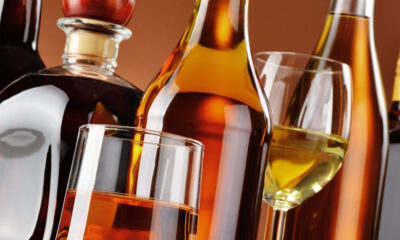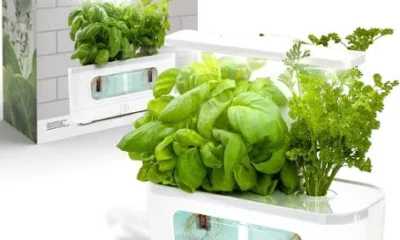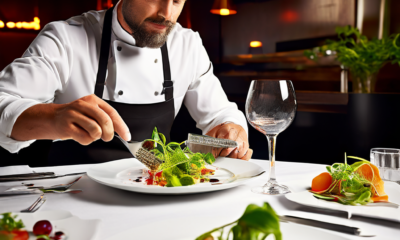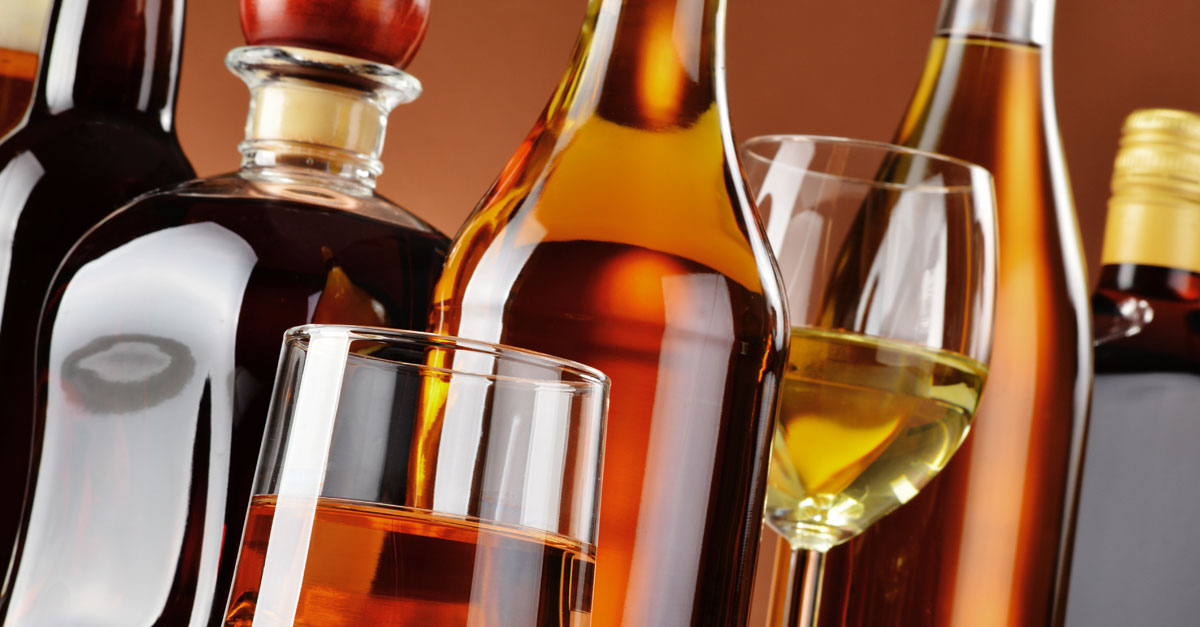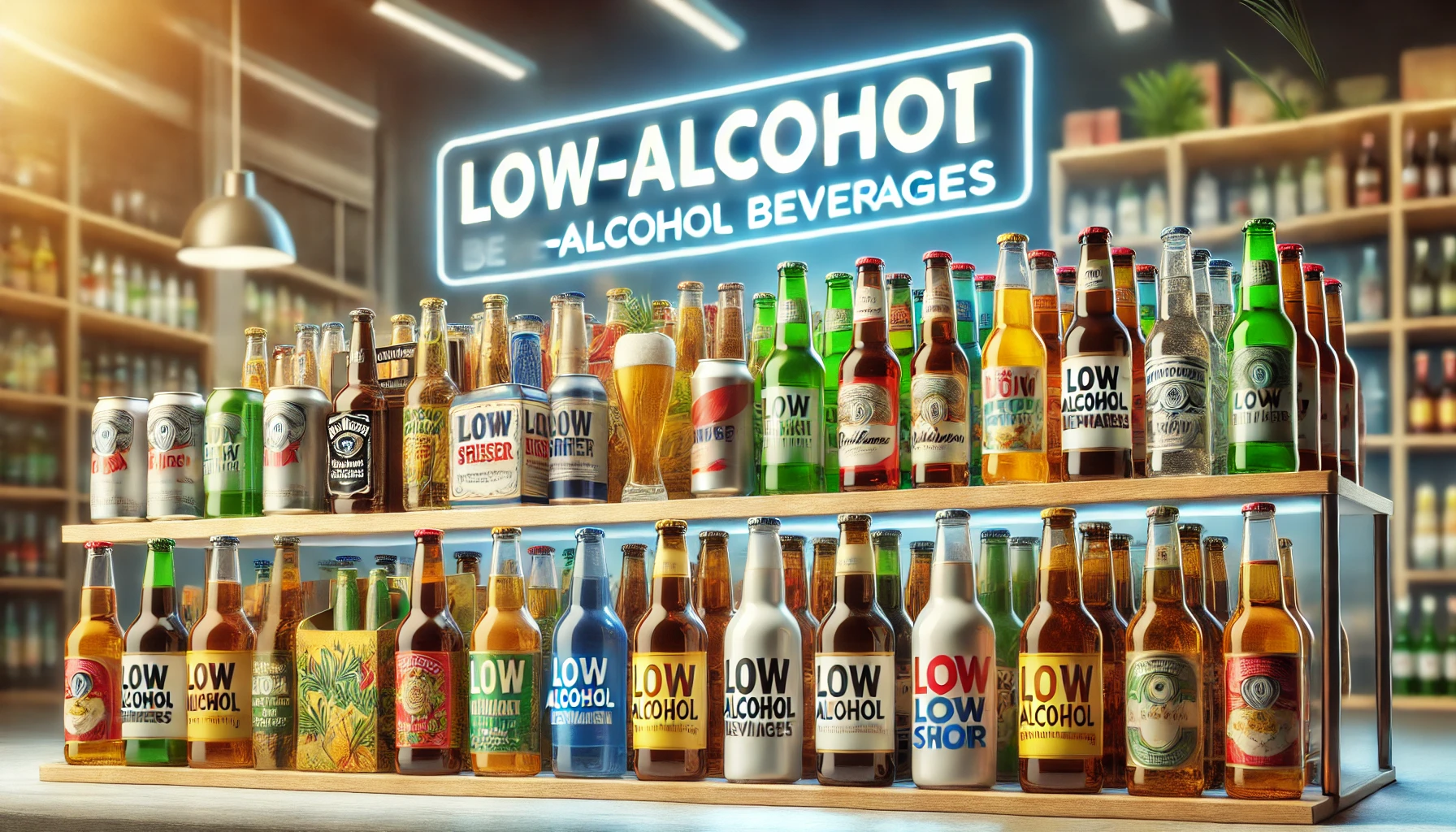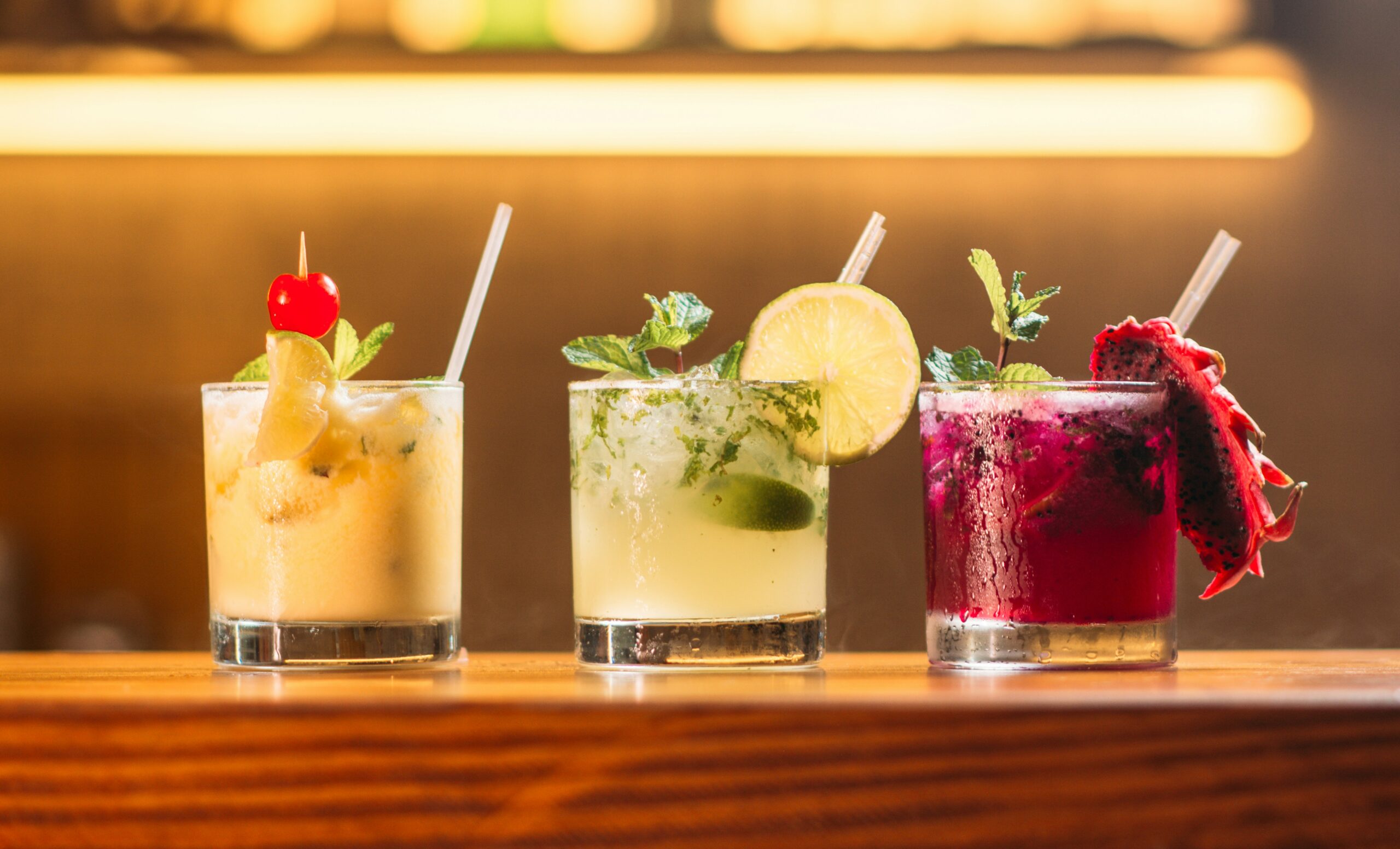In recent years, there has been a significant shift in the beverage industry towards low-alcohol and non-alcoholic drinks. This trend is not merely a passing fad but a growing movement driven by changing consumer preferences and innovative advancements. As the world becomes more health-conscious and sustainability-focused, the low-alcohol sector is poised for substantial growth, buoyed by numerous technological and creative innovations.
A Health-Conscious Shift
The rise in popularity of low-alcohol beverages can be attributed to a broader societal shift towards health and wellness. Consumers are increasingly seeking out products that align with their desire for a balanced lifestyle, which includes reducing alcohol intake. This trend is supported by data from the World Health Organization, which highlights the growing awareness of the negative health impacts associated with excessive alcohol consumption.
According to the IWSR, a leading authority in alcohol market analysis, the no- and low-alcohol sector is expected to grow by 31% by 2024. This impressive growth projection underscores the significant consumer demand for these products.
Innovations in Production
One of the most exciting developments in the low-alcohol industry is the technological advancements in production methods. Traditional methods of alcohol reduction often compromised the taste and quality of beverages. However, modern techniques such as reverse osmosis and vacuum distillation have revolutionized the industry.
Reverse osmosis, for instance, is a process that removes alcohol from wine and beer while retaining the essential flavors and aromas. This method ensures that consumers can enjoy the full sensory experience of their favorite beverages without the adverse effects of alcohol. Vacuum distillation, on the other hand, involves removing alcohol at lower temperatures, which helps preserve the delicate flavors of the original beverage.
Moreover, companies are now using innovative fermentation techniques to create naturally low-alcohol products. These methods involve using specific yeast strains that produce less alcohol during fermentation, resulting in beverages that are low in alcohol content from the start. This approach not only maintains the integrity of the original flavors but also aligns with consumer preferences for natural and minimally processed products.
Flavor Innovation and Craftsmanship
The challenge of creating flavorful low-alcohol beverages has spurred a wave of creativity and craftsmanship in the industry. Brewers, winemakers, and distillers are experimenting with new ingredients and techniques to develop products that are both appealing and satisfying to consumers.
In the beer industry, for example, brewers are using advanced hop extraction methods to enhance the flavor profiles of low-alcohol beers. These techniques allow for a more intense hop aroma and bitterness, creating a beer that closely resembles its full-strength counterpart. Similarly, winemakers are exploring the use of alternative grape varieties and blending techniques to produce low-alcohol wines that offer a complex and enjoyable drinking experience.
In the spirits sector, distillers are experimenting with botanical infusions and natural flavorings to create low-alcohol and non-alcoholic spirits that mimic the taste and complexity of traditional spirits. Products like Seedlip, a popular non-alcoholic spirit brand, have gained a significant following for their sophisticated and nuanced flavors.
Consumer Engagement and Education
As the market for low-alcohol beverages grows, so does the need for consumer education and engagement. Many consumers are still unaware of the options available to them or are skeptical about the taste and quality of low-alcohol products. To address this, companies are investing in marketing campaigns and educational initiatives to raise awareness and build consumer trust.
One effective strategy has been the use of tasting events and product sampling. These events allow consumers to experience the quality and flavor of low-alcohol products firsthand, dispelling any misconceptions they may have. Additionally, partnerships with influencers and health advocates have helped to promote the benefits of low-alcohol consumption and reach a wider audience.
Retailers are also playing a crucial role in this educational effort. By providing clear labeling and information about the alcohol content and ingredients of low-alcohol products, retailers can help consumers make informed choices. Furthermore, the placement of low-alcohol products alongside their full-strength counterparts in stores and online platforms ensures greater visibility and accessibility.
Sustainability and Ethical Considerations
Sustainability is another key driver of innovation in the low-alcohol sector. As consumers become more environmentally conscious, they are seeking out products that are not only good for their health but also for the planet. This has led to a rise in the production of organic and sustainably sourced low-alcohol beverages.
Many companies are now prioritizing sustainable practices throughout their production processes. This includes using renewable energy sources, reducing water usage, and implementing eco-friendly packaging solutions. For example, some winemakers are adopting dry farming techniques, which rely on natural rainfall rather than irrigation, to conserve water and promote soil health.
Additionally, the low-alcohol sector is seeing a growing emphasis on ethical considerations, such as fair trade and social responsibility. Companies are increasingly sourcing ingredients from fair trade-certified suppliers and supporting local communities through various initiatives. This commitment to ethical practices not only appeals to socially conscious consumers but also helps to build a positive brand image.
The Future of Low-Alcohol Beverages
The future of low-alcohol beverages looks promising, with continued growth and innovation on the horizon. As technology advances and consumer preferences evolve, the industry will likely see even more exciting developments in the coming years.
One area to watch is the rise of functional beverages, which combine low-alcohol content with additional health benefits. These products often include ingredients such as vitamins, minerals, and adaptogens, which offer various wellness benefits beyond just reducing alcohol intake. This trend aligns with the broader movement towards holistic health and wellness, providing consumers with beverages that support their overall well-being.
Furthermore, the integration of digital technology is expected to play a significant role in the future of the low-alcohol industry. From smart packaging that provides consumers with detailed product information to personalized recommendations based on individual preferences, digital innovations will enhance the consumer experience and drive engagement.
In conclusion, the low-alcohol sector is experiencing a period of rapid growth and transformation, driven by technological advancements, changing consumer preferences, and a commitment to sustainability and ethical practices. As the industry continues to innovate and evolve, it is poised to meet the growing demand for healthier and more sustainable beverage options, offering consumers an array of choices that cater to their diverse needs and preferences.
For more detailed insights into the innovations shaping the future of low-alcohol growth, you can explore the original article from IWSR.
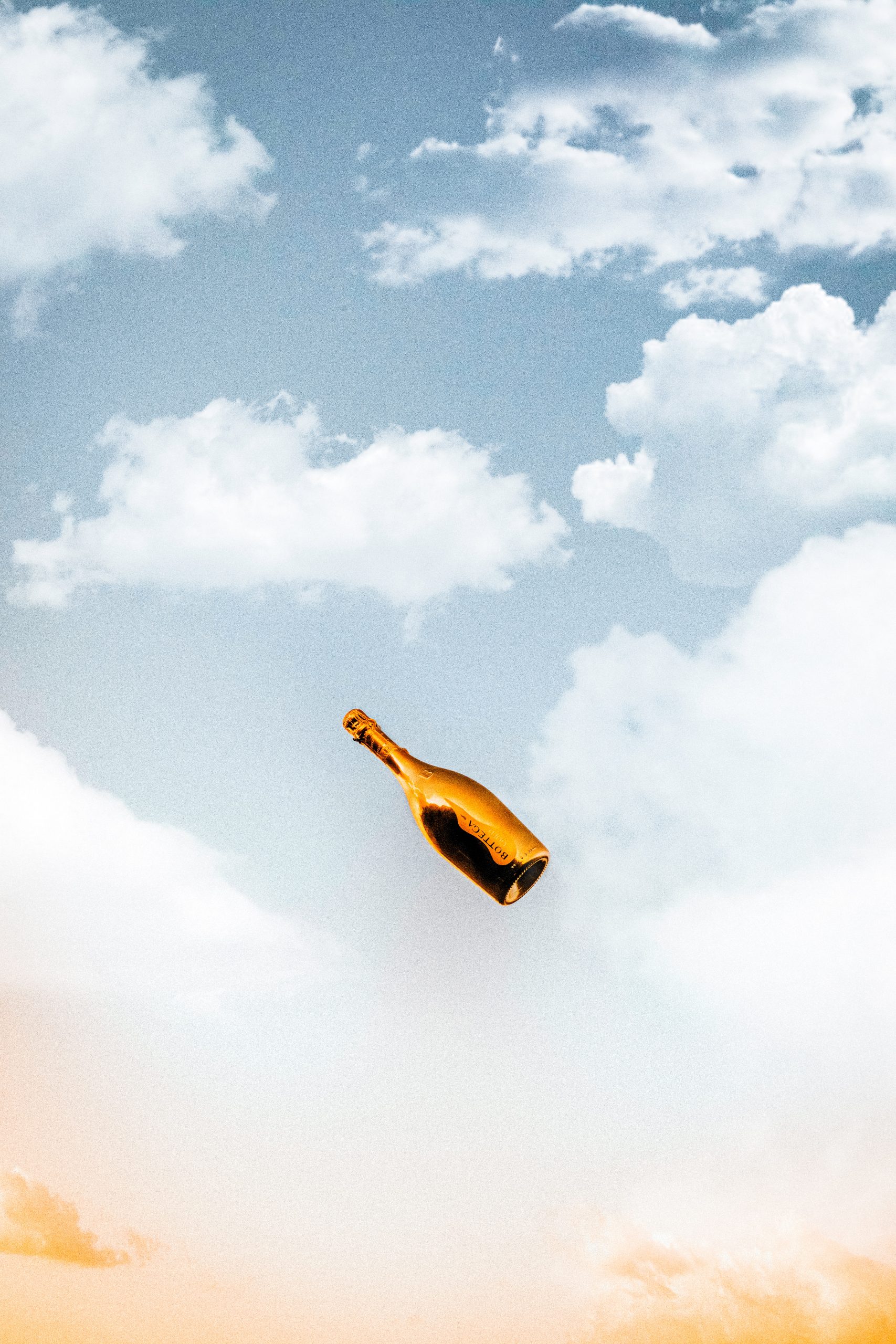

 Tips & Advice4 years ago
Tips & Advice4 years ago
 News & Stories3 years ago
News & Stories3 years ago
 Restaurants3 years ago
Restaurants3 years ago
 Recipes3 years ago
Recipes3 years ago
 Kitchen Gadgets3 years ago
Kitchen Gadgets3 years ago
 Kitchen Gadgets3 years ago
Kitchen Gadgets3 years ago
 Kitchen Gadgets3 years ago
Kitchen Gadgets3 years ago
 Chefs4 years ago
Chefs4 years ago




